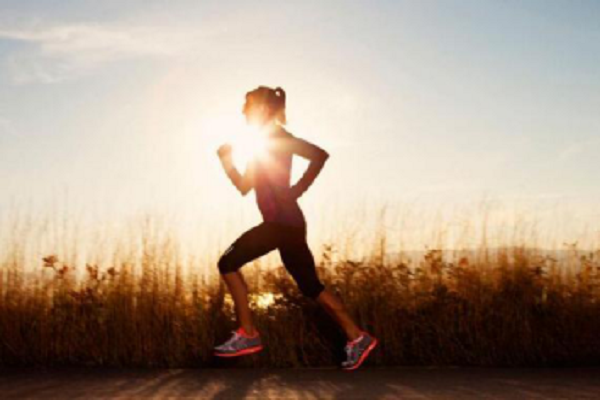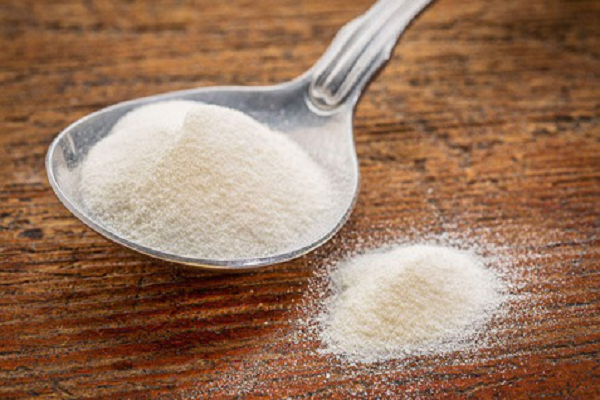Morphological characteristics adults: body length (up to the wing tip) 2.5-2.6 mm. Stout, back black, ventral yellow, head short and wide, buccal cone is very developed, conical, flat forward and lateral. Compound eye grayish brown, monocular light yellowish brown. The base of the tentacles is brown in color, with two black ends and yellowish sections, but the 1/3 of the ends of sections 3-7 are yellow. A pair of bristle ends are brown. The foot is yellow, but the forefoot and the posterior aspect of the tarsal artery are both black and black. When the wing is full, the front wing has a pronounced "K"-shaped dark brown streaks. Thick belly, tapered. Eggs: long ovate, tapering at the front and extending into a filament, pure round at the back, with a short handle, early egg-laying milky white, brown before hatching.
Nymphs: A total of 4 instars, pale yellow body, peripheral wax, compound eyes bright red, third-instar nymphs buds exposed, four wings nymphs before and after the wing buds overlap, body back showed brown markings.
Living habits Longan horned cheeked hibiscus occurs in Fuzhou for 3-5 generations in 1 year, there is a clear generation overlapping phenomenon, and some diapause populations exist. In the third generation, the second instar nymph was not developed in August, and it was overwintering at the end of the year. This type of life history accounted for the majority of the population. In the fourth generation, the second instar nymphs were aborted at the end of September, and the individuals that continued to develop were in the minority. By the end of November, the second instar nymph of the fifth generation had also ceased wintering. In the winter, both the mature autumn shoots and the newly-picked winter shoots are second-instar nymphs, with more shoots in autumn, and in late March of the following year (the average temperature is 14.8°C), most of the nymphs in the tree begin to move. At the end of March, most nymphs entered the old maturity (4th instar). Adults first seen in early April, and during the mid-April of April, spawned on spring shoots. Adults were prosperous during spawning and late in the spring. In late April, the nymphs on the old summer shoots were all Feathering, a few individuals in autumn and winter shoots emerged from early April to mid-May, spawning in the early summer shoots. In mid-May, the second-instar larvae, which rarely developed in the autumn and winter of last year, are still visible. The first generation of adults appeared from the end of May to the end of June, with the prosperous period from the end of May to the beginning of June; the second generation was in the early and mid-July; the third generation was in the mid-September, and the prosperous period was in the early September; the fourth generation In mid-November. The fifth generation (overwintering) and the early stage of the breeding era were eclosed into adulthood before and after mid-April.
The nymphs are fixed on the new leaves and the nymphs are harmed throughout their lives. The 2nd instar nymphs are deeply embedded in insects. Adults suck on young shoots and spawn on tender shoots, young leaves or shoots. Most of them are scattered on the back of the leaves and are often on both sides of the veins. The adult rhythm of longan clams coincides with the period of slaughter.
The storm has a flushing effect on the longan clogs. Differences in nutritional status may affect the development of nymphs. Even on the same leaf, the developmental speed varies greatly between individuals due to differences in smoking spots.
Three predatory natural enemies are known, one of the whitefly larvae preying on the wood nymph nymph; the other is an ant preying on the wood lice nymph. In addition, there is a kind of parasitoid parasitized on nymphs.
Control methods Each time young shoots occur at the shoot stage, shoots are sprayed, which can be used as follows: 40% Dimethoate Emulsion 1000-2000 times; 50% Dichlorvos Emulsion 1000 times; 25% Dithiophene Emulsion 400 times, Or spray 2000 times with pyrethroid diluent.
Collagen is a triple helical protein which can be considered as the bio-glue inside our body; in fact, animal glue can be obtained by boiling the animal skin. Collagen, a major component of connective tissues, exits in the extracellular space of these tissues which are the key reinforcing and bonding materials for all tissues and organs throughout our body, forming rigid structures as such bone, semi-rigid tissues such as cartilage, or soft tissues such as muscle, tendon, skin, ligaments, and cell membranes, etc. There are different forms (fibrillar and non- fibrillar) and types of collagens in the body; Type 1 being the major type constitutes over 90% in our body and is the major component in skin, tendon, vascular ligature, organs, bone (main component of the organic part of bone). Because collagen is an essential building material of all tissues and organs, it has many medical uses, such as in cardiac (hear) applications, cosmetic surgery, bone grafts, tissue regeneration, reconstructive surgical uses, and wound healing care.
Collagen is created inside fibroblast cells, and this process is needed to support the creation and repair of the body`s connective tissues. However, the biological process starts to breakdown when we are aging, normally after we reach the age of late 20s or early 30s. Because collagen from natural sources such as animal, fish scales or plant contain essentially the same amino acid compositions (glycine, proline, alanine, hydroxyproline, glutamic acid, arginine, aspartic acid, serine, lysine, leucine, valine, threonine, phenylalanine, isoleucine, etc.) as human collagen, supplement the body with the natural collagen, either by dermal application or through oral ingestion, can help rejuvenate collagen creation process to support the repairing of aging connective tissues in our body, particularly those in our skin, and to reverse or slow down the aging process for a more youthful appearance.


Collagen
Hydrolyzed Collagen,Fish Collagen,Collagen Food,Collagen Cosmetic
Nanjing Sunshine Biotech Co., Ltd , http://www.sunshine-bio.com